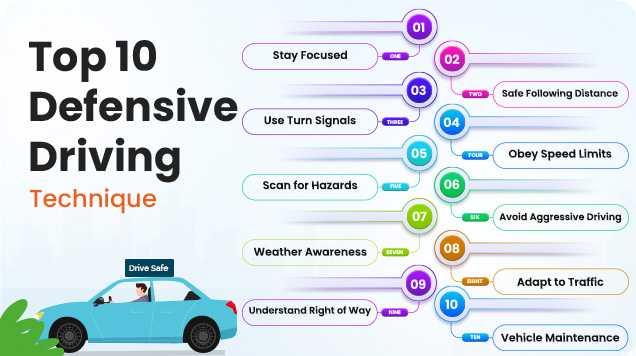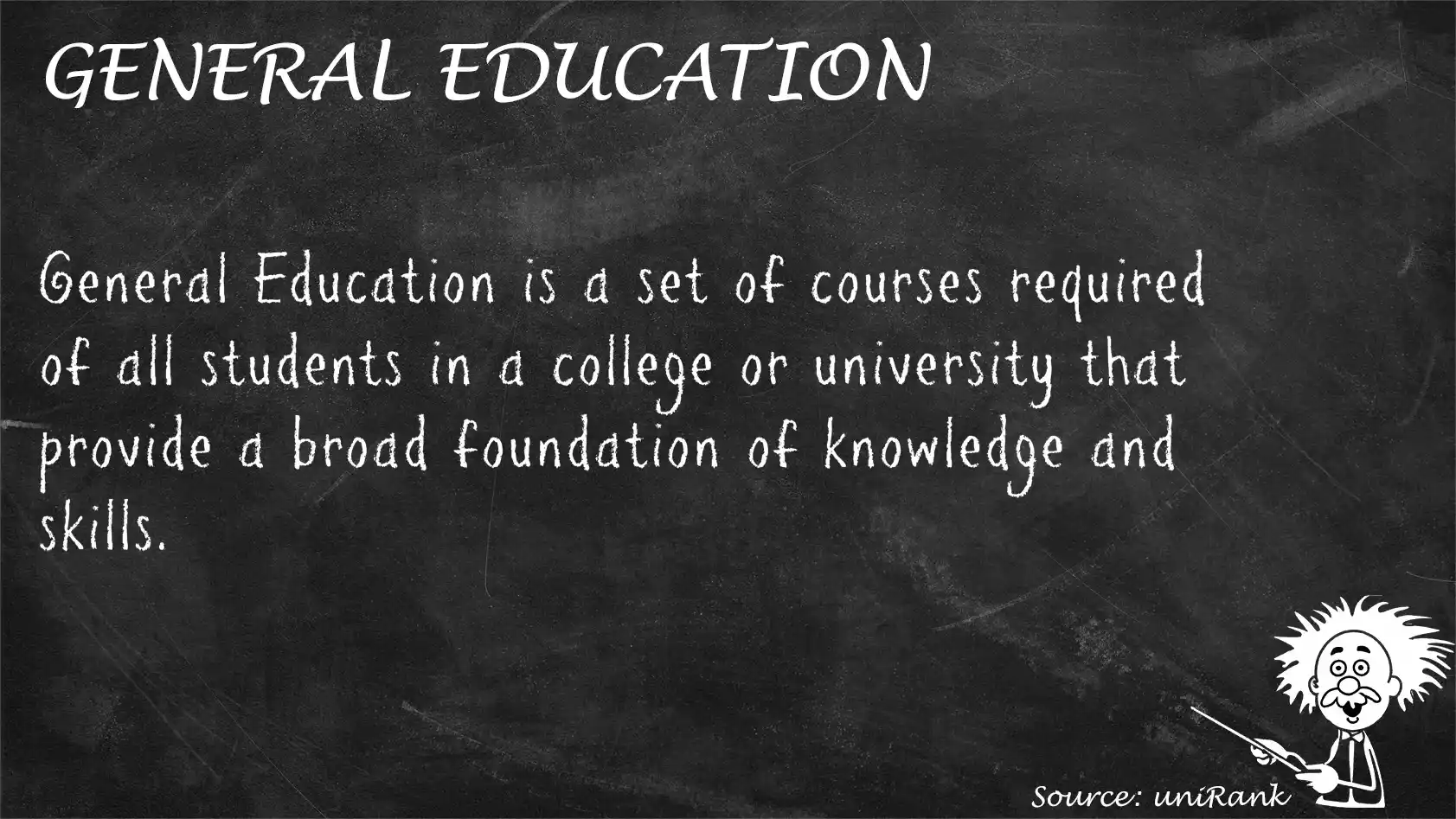Top Defensive Driving Tips for Safer Roads
Mia Wilson

Photo: Top Defensive Driving Tips for Safer Roads
Millions of accidents occur on roads worldwide, many of which are preventable through proactive driving strategies. Defensive driving is a crucial approach that emphasizes safety, awareness, and preparedness to reduce the risk of collisions. By adopting defensive driving techniques, motorists can navigate traffic more safely, protect themselves and others, and contribute to overall road safety. This article explores the top defensive driving tips that can make roads safer for everyone.
Understanding Defensive Driving
Defensive driving is more than just obeying traffic laws it involves anticipating potential hazards, recognizing the actions of other drivers, and making informed decisions to prevent accidents. This proactive mindset ensures that drivers are always prepared to respond to unexpected situations, reducing the likelihood of collisions and enhancing overall road safety.
The Importance of Defensive Driving
Increased traffic density, distracted driving, and adverse weather conditions all contribute to the complexity of modern driving. Defensive driving equips motorists with the skills to handle these challenges effectively. By staying alert and maintaining control, drivers can navigate through traffic smoothly and respond appropriately to sudden changes on the road.
Essential Defensive Driving Tips
Implementing defensive driving techniques can significantly enhance safety. Here are some of the most effective tips to practice on the road:
1. Maintain a Safe Following Distance
Keeping an adequate distance between your vehicle and the one ahead is fundamental to defensive driving. A general rule is the "three-second rule," which provides enough time to react if the vehicle in front stops suddenly. In adverse weather conditions or heavy traffic, increasing this distance is advisable to ensure ample reaction time.
2. Stay Focused and Avoid Distractions
Distracted driving is a leading cause of accidents. To drive defensively, it's essential to stay focused on the road. Avoid using mobile phones, eating, or engaging in activities that divert attention away from driving. If necessary, use hands-free devices and minimize in-car distractions to maintain concentration.
3. Obey Traffic Signals and Speed Limits
Adhering to traffic laws is a cornerstone of defensive driving. Observing speed limits, stopping at red lights, and following road signs help create a predictable driving environment. This predictability allows drivers to anticipate the actions of others and respond accordingly, reducing the risk of collisions.
4. Use Mirrors and Check Blind Spots
Regularly checking mirrors and being aware of blind spots are critical for safe driving. Before changing lanes or making turns, ensure that the intended path is clear by using mirrors and performing shoulder checks. This practice helps prevent side-impact accidents and ensures smoother lane transitions.
5. Anticipate the Actions of Other Drivers
Defensive drivers think ahead and consider the possible actions of other motorists. By anticipating behaviors such as sudden stops, lane changes, or erratic driving, you can prepare to react appropriately. This foresight allows for timely adjustments, minimizing the chances of unexpected collisions.
6. Adjust Speed for Road and Weather Conditions
Driving at a safe speed relative to road and weather conditions is essential for maintaining control of the vehicle. In rain, snow, fog, or heavy traffic, reducing speed can provide better traction and more reaction time. Adjusting speed accordingly helps in handling the vehicle safely under varying circumstances.
7. Use Turn Signals Effectively
Signaling intentions clearly to other drivers is a simple yet effective defensive driving practice. Using turn signals well in advance of maneuvers such as turning or changing lanes communicates your intentions, allowing others to adjust their driving accordingly. This reduces confusion and potential collisions.
8. Stay Calm and Manage Emotions
Emotional driving, such as road rage or frustration, can impair judgment and lead to reckless behavior. Maintaining a calm demeanor and managing emotions while driving ensures better decision-making and promotes a safer driving environment for everyone on the road.
Advanced Defensive Driving Techniques
Beyond the basic tips, several advanced strategies can further enhance driving safety:
1. Implement the "4 D's" of Defensive Driving
The "4 D's" – Drive to the Driveway, Drive to a Decision, Drive to a Destination, and Drive as per Conditions – provide a comprehensive framework for defensive driving. These principles encourage drivers to plan routes, make informed decisions, and adapt to changing conditions proactively.
2. Perform Regular Vehicle Maintenance
A well-maintained vehicle is less likely to experience mechanical failures that could lead to accidents. Regularly check brakes, tires, lights, and other critical components to ensure the vehicle is in optimal condition. Preventative maintenance contributes to safer driving experiences.
3. Utilize Technology Wisely
Modern vehicles are equipped with various safety technologies such as anti-lock brakes, lane departure warnings, and adaptive cruise control. Understanding and effectively using these features can enhance defensive driving efforts. However, it's important not to become overly reliant on technology and to remain attentive to the road.
The Benefits of Defensive Driving
Adopting defensive driving techniques offers numerous benefits beyond enhanced safety:
- Reduced Accident Rates: Proactive driving reduces the likelihood of accidents, protecting drivers, passengers, and pedestrians.
- Lower Insurance Costs: Many insurance companies offer discounts to drivers who have completed defensive driving courses, recognizing the reduced risk associated with such drivers.
- Increased Confidence: Mastering defensive driving skills boosts confidence behind the wheel, making driving a more enjoyable and less stressful experience.
- Environmental Impact: Safe driving practices, such as smooth acceleration and braking, can improve fuel efficiency and reduce vehicle emissions.
Conclusion
Defensive driving is an essential practice for anyone who spends time on the road. By maintaining safe distances, staying focused, obeying traffic laws, and anticipating the actions of others, drivers can significantly reduce the risk of accidents and contribute to safer roads for all. Incorporating both basic and advanced defensive driving techniques not only enhances personal safety but also promotes a more responsible and considerate driving culture. Embrace these tips to ensure every journey is as safe as possible, benefiting yourself and the community at large.
Final Thoughts
In an ever-evolving traffic landscape, the importance of defensive driving cannot be overstated. As road conditions and driving behaviors change, staying informed and adaptable is key to maintaining safety. Continuous learning and application of defensive driving principles ensure that drivers are always prepared to handle the challenges of the road, fostering a safer and more harmonious driving environment for everyone.
For You
View AllExplore actionable ways to combat poverty and improve societal well-being. Click to learn impactful solutions!
Mia Wilson
Unpack the structure and functions of the banking system in modern economies. Click to learn the basics!
Mia Wilson
Unveil the top AI tools changing the way we work and live this year.
Mia Wilson
Learn about different motorcycle engine types and how they impact performance, efficiency, and riding experience. Explore now!
Mia Wilson
Discover the advantages of urban microcars for city living, from parking ease to eco-friendliness. Learn why they’re the future!
Mia Wilson
Discover magical winter adventure destinations. From skiing to ice climbing, embrace the chill and create unforgettable memories this season!
Mia Wilson
Education
View All
May 1, 2025
How to Become an Educational Consultant
Learn how to become an educational consultant and guide schools or organizations to success. Start your career path now!

April 16, 2025
Why Is Education Important?
Explore why education is vital for personal growth, career success, and societal progress. Start learning now!

May 5, 2025
What Is General Education?
Learn what general education entails and its role in providing foundational knowledge for lifelong success. Start exploring today!





